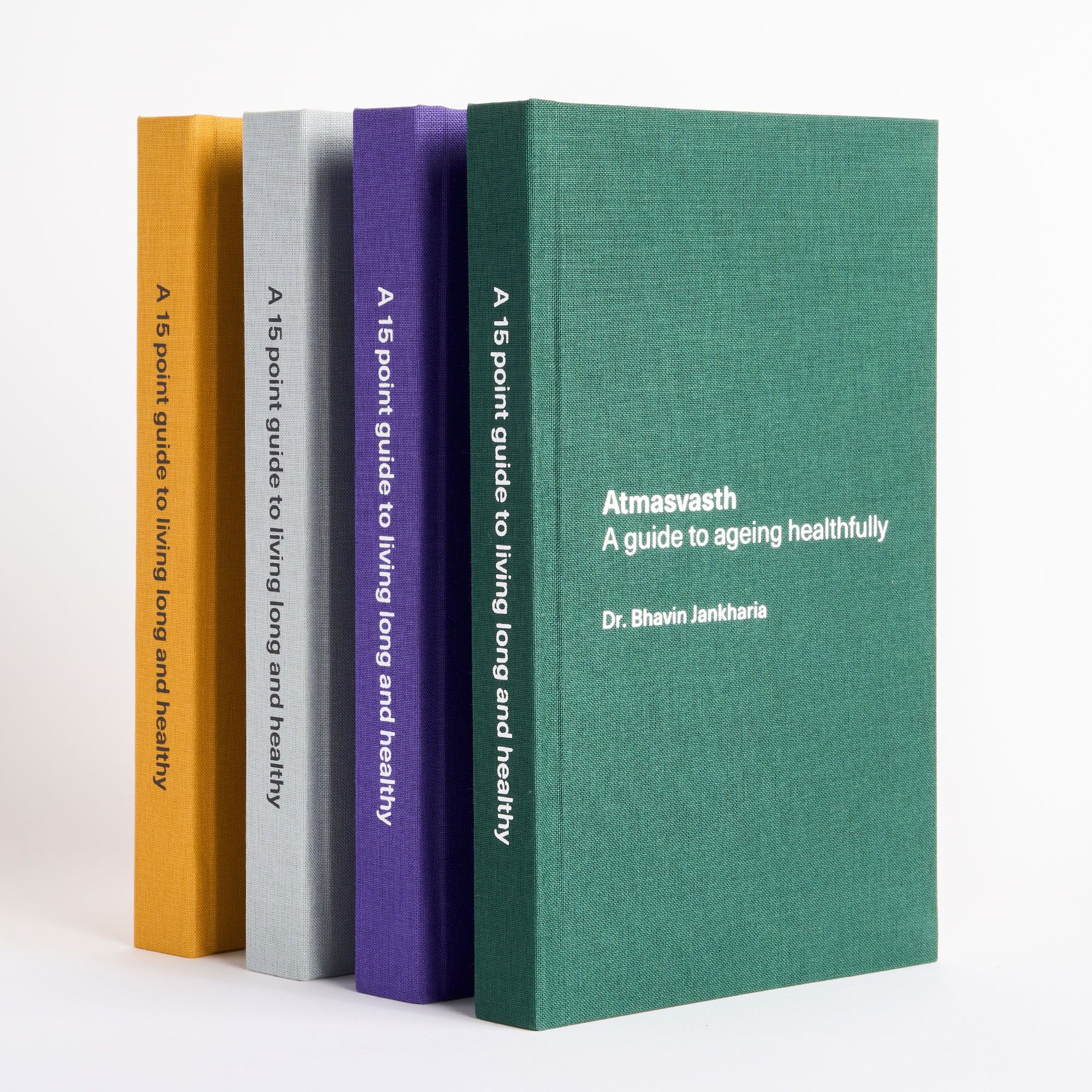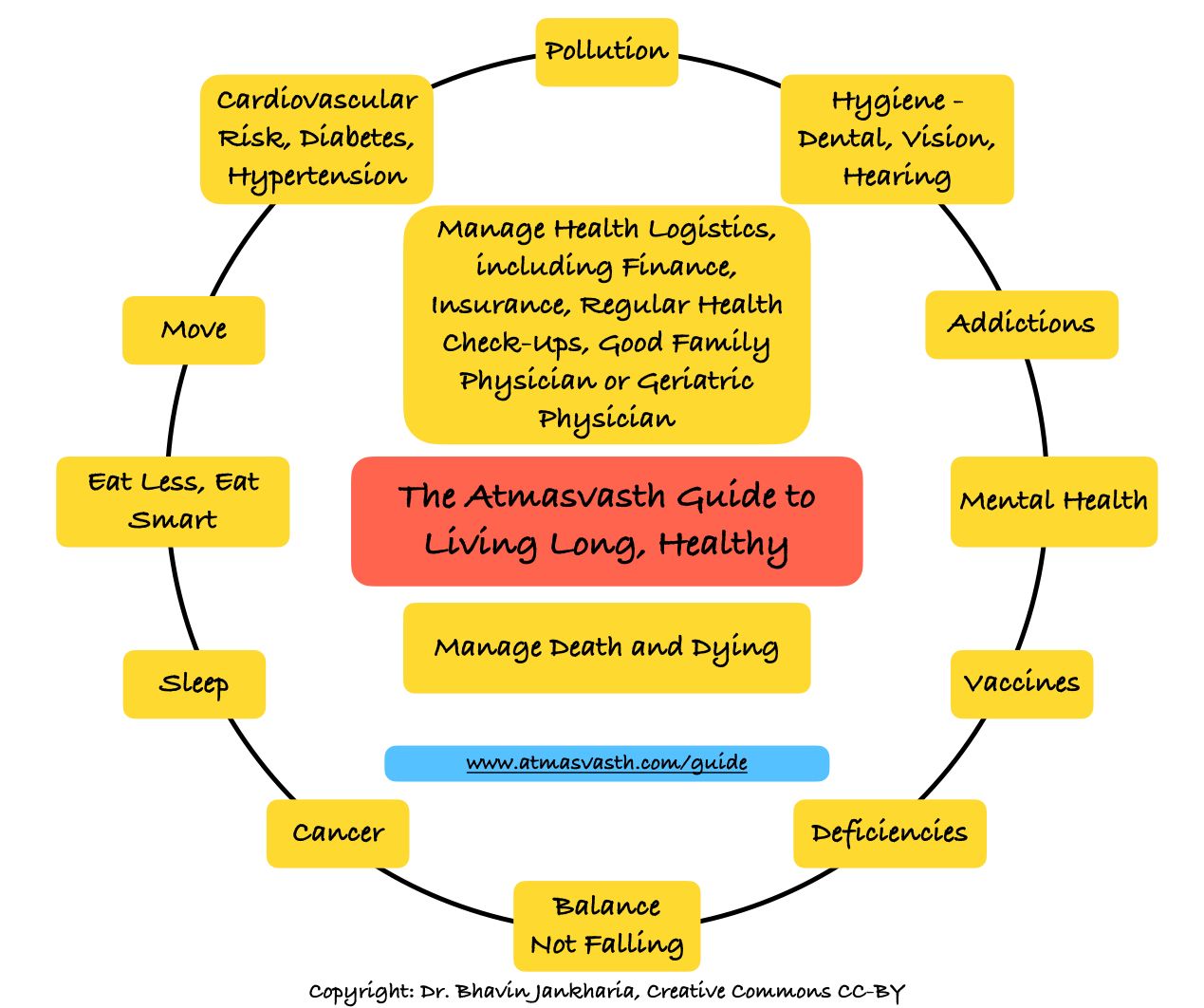Sweat and Science: How Wet-Bulb Temperature Dictates Safe Outdoor Exercise
High heat and high humidity cause high wet-bulb temperatures, which can be potentially lethal

The Book - Kindle Version Now Available Worldwide

The Detailed 15-Point Guide to Live Long, Healthy

Audio
Text
Last Sunday, I went for my usual 90 mins run, in and around Matunga in Mumbai. I started at 5.50 AM, 30 mins before sunrise and ended at 7.20 AM followed by 3 minutes of cooldown walking. By the time I finished, I was exhausted, I had slowed down significantly in the last 20 mins and my legs felt leaden. I reached home, wiped away the sweat and flopped in bed for almost an hour in an air-conditioned room, with the temperature set to 18 deg along with the ceiling fan running at maximum as I tried to cool down, while I hydrated myself with a liter of salt and sugar enriched water.
My muscles ached the whole day and then the whole of Monday and half of Tuesday and when I tried to do squats on Tuesday evening, I could barely do 12…my muscles and knees just refused.
The temperature that day (14th April) went from 24 deg to 28 deg in those 90 mins, the humidity going from 95% to 86%.
Yesterday (20th April), I was running in Lonavala, a small hill town around 120 km from Mumbai. The temperature when I started was 23 deg, and went up to 27 deg by the time I finished my 80 mins run. The humidity was just 48% and while I was a little tired as I would be after a long run, it wasn’t like the previous Sunday.
High and extreme ambient temperature and humidity are health issues. Last year, I wrote about the health effects of extreme heat and cold, after 14 people died of heat-stroke in Maharashtra during an outdoor public meeting and I quoted many observational studies that showed that when temperatures are higher or cooler than expected, there is an increase in cardiovascular incidents and deaths.
High ambient heat causes increased cardiovascular deaths, kidney damage and respiratory problems [1] as a review article in the Lancet enumerated in 2021. Recent studies published in 2023 have shown that extreme temperature events coupled with high air pollution may be responsible for up to 2.8% of heart attacks [2] in a province of China, that high temperature even in the UK increases the risk of acute kidney injury [3] and that hourly changes in high temperature can increase the risk of acute ischemic stroke [4]. A recent study from India [5] suggests that during heatwaves there is a 14.7% increase in mortality with about 1100 deaths per year attributable to extreme heat, which again as with all data in India, is likely an under-reported number.
While the adverse effects of dry heat are intuitive, wet-bulb temperature (WBT) is a more important parameter, because the higher the WBT, the less easy it is for the body to maintain its thermoregulation and to cool itself. There are calculators that allow us to estimate the WBT, but in general, if the humidity is almost 100%, then the dry-bulb temperature and the WBT are almost equal.
Last Sunday, the WBT in Mumbai was almost 24 deg (anything above 31 deg is considered dangerous and potentially fatal), while yesterday, in Lonavala, the WBT was just 19-20 deg. Even though the dry-bulb temperatures were almost the same, the excess humidity last Sunday made all the difference. Heat can kill, humidity even more and their combination can be lethal.
Prolonged exposure to a WBT over 31 deg [6] can lead to heat stroke and heat related morbidity and mortality. While vulnerable populations and those with co-morbidities may be the first to be affected, even those who are reasonably fit may face dangers when exercising outdoors. Running in the morning with a WBT of 22-24 deg for 90 minutes without hydration was risky as I now realize…and I wasn’t the only misguided person on the roads that day.
What I had was exertional heat exhaustion (EHE), as defined by the The American College of Sports Medicine (ACSM) [7] ,which could potentially have progressed to exertional heat injury (EHI) or exertional heat stroke (EHS). EHE can be managed at home with hydration, cooling and rest, while the other, more severe degrees of heat injury need hospitalization and expert doctor management.
The ACSM recommends that when the WBT in tropical climates is between 27.9 to 30.0 deg, even well-acclimatized and low-risk individuals should cancel continuous activity (e.g. long runs and sports matches), but can go about non-continuous exercise with more rest and hydration than usual. When the WBT is 25.7 to 27.8, it is best to avoid continuous activities and perhaps switch to shorter bouts with adequate rest. Unfit and non-acclimatized individuals should abstain from outdoor physical activity whenever the WBT is above 25.7.

So, what does this mean for you and I? If you are not regularly walking or running outdoors, then during days of high temperature and humidity, especially when the WBT is above 23 (23 deg temperature with 100% humidity), refrain from any outdoors activity and if you have to go out for any reason, including shopping, then use hats, wear loose clothing and hydrate yourself well. If you are a regular walker or runner, the moment the WBT is above 23 deg (23 deg temperature with 100% humidity or 22 deg temperature with 95% humidity, etc), then restrict yourself to shorter walks or runs of about 30-45 minutes and refrain from longer bouts. Irrespective of your conditioning, once the WBT is above 27.9 or if it is potentially going to increase to that level, even if you start out at a lower WBT number, then cancel your outdoor activity and switch to indoor workouts in a cooled room.
Most importantly, whether you are sedentary or active, whether you are indoors or outdoors, whether you are acclimatized to heat and humidity or not…take high heat and humidity seriously and plan your days accordingly.
Atmasvasth Newsletter
Join the newsletter to receive the latest updates in your inbox.



